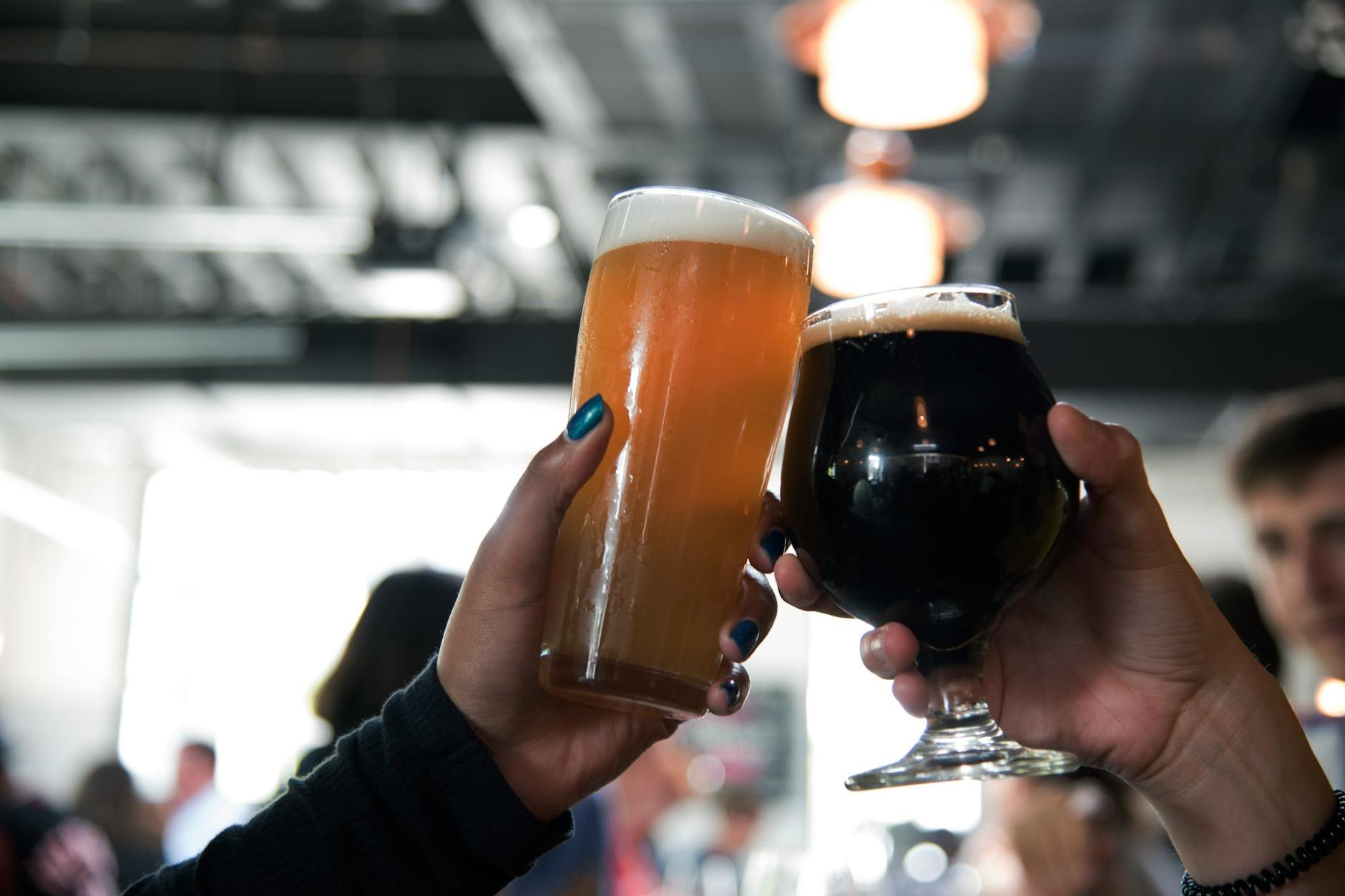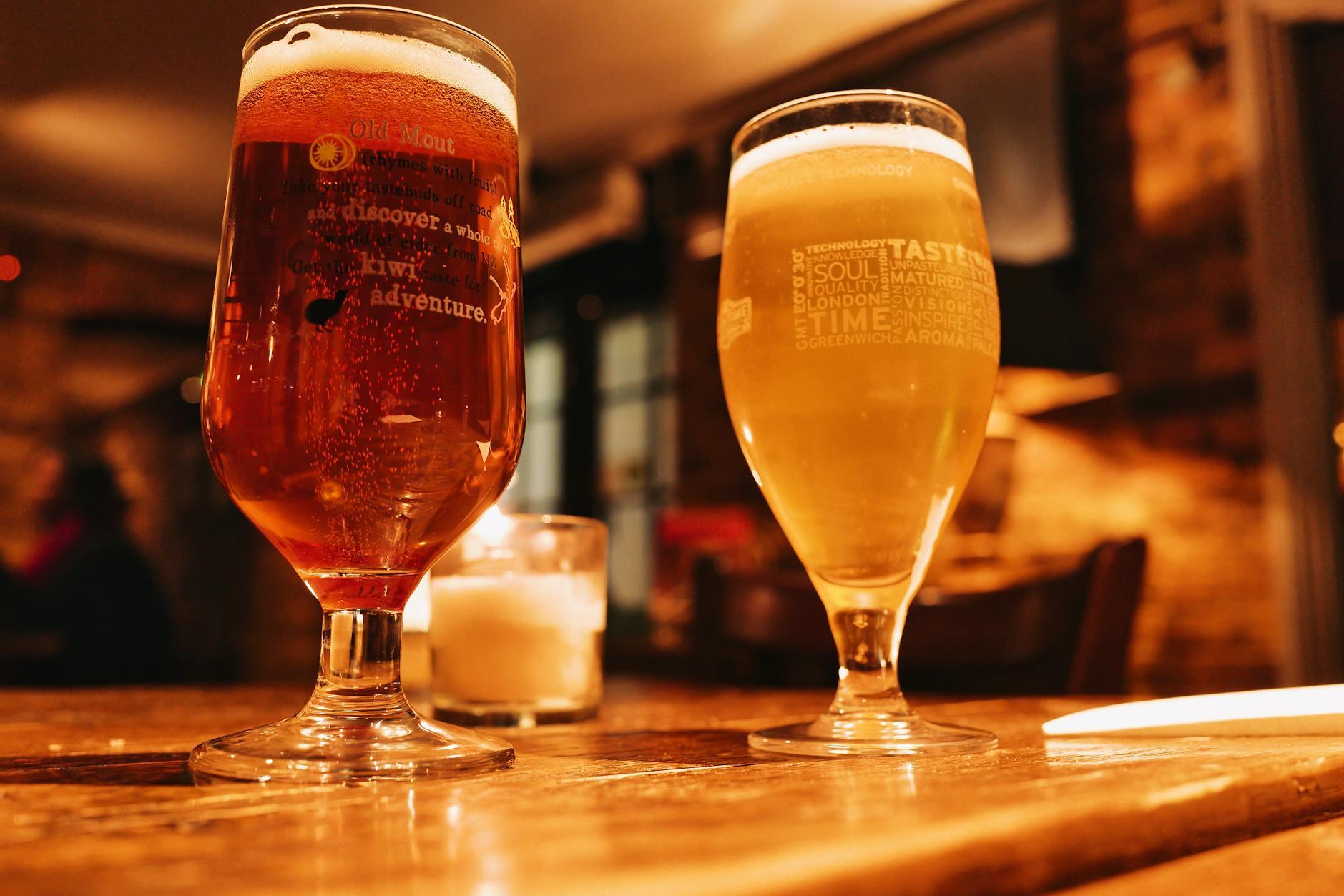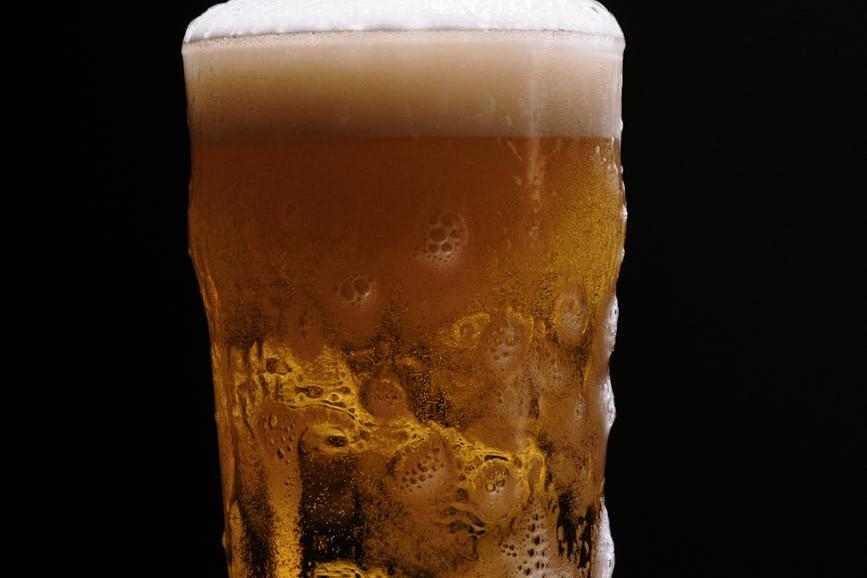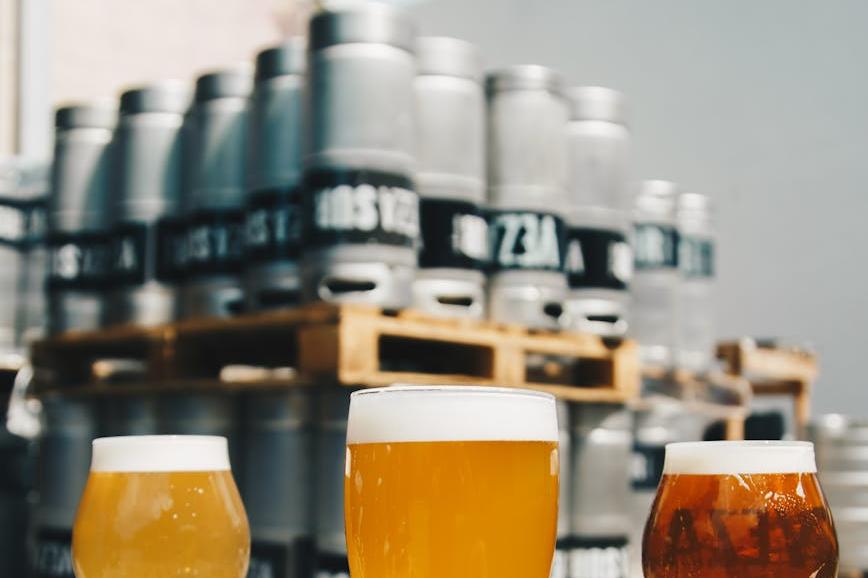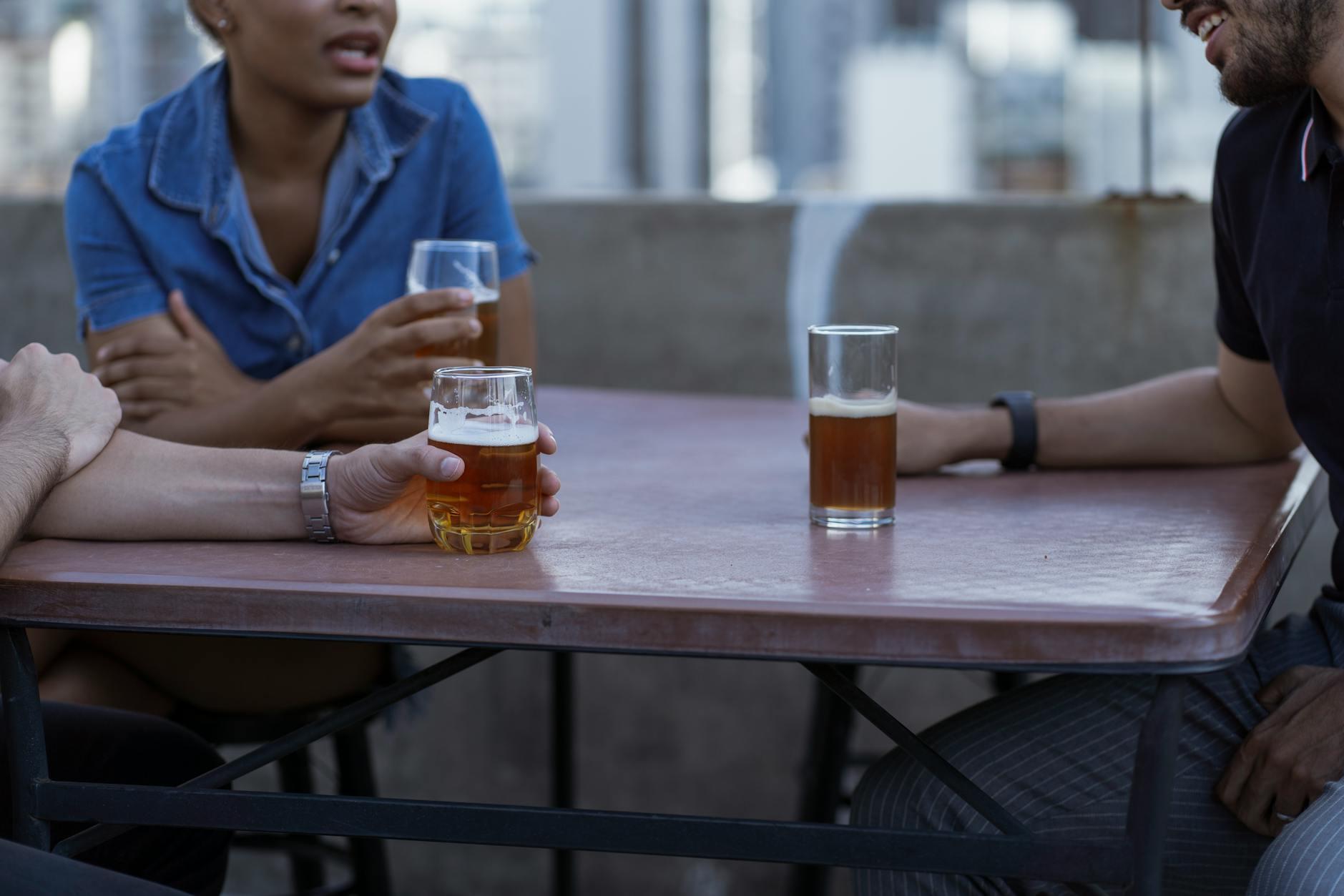- Shanghai Zhongshen International Trade Co., Ltd. - Two decades of trade agency expertise.
- Service Hotline: 139 1787 2118
The world of beverages is like a big melting pot, where various beverages with different flavors and alcohol contents dance together. But did you know? Behind every bottle of beverage, there is a small tax rule. Next, let the editor take you into this magical world of beverages and taxes.
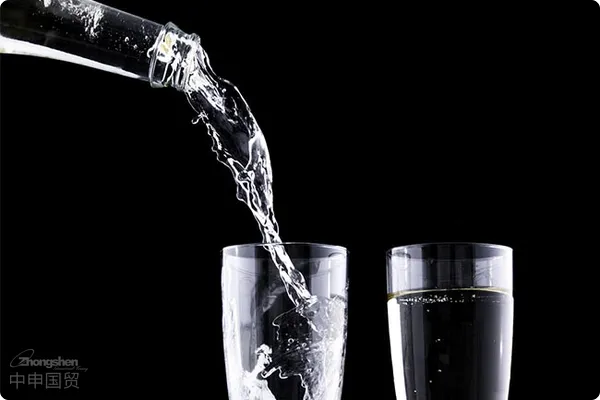
Contents
ToggleClarify the tariff structure.
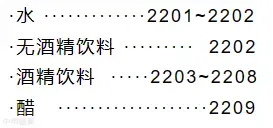
Chapter 22 mainly includes products for drinking, such as water, beverages, alcohol, vinegar, etc.
2. Main products are classified based on whether they contain alcohol and the source of alcohol. The term "non-alcoholic beverages" referred to in heading 22.02 means beverages with an alcohol content not exceeding 0.5% by volume. Alcoholic beverages should be classified under headings 22.03 to 22.06 or heading 22.08, respectively.
3. Among them, the recently popular "Moutai-flavored Latte" is advertised to contain the following main ingredients: water, espresso, liquor-flavored thick milk (formulated milk beverage), pure milk, light cream, with an alcohol content of less than 0.5%. It is recommended to classify it under tariff code 2202.9900.
Champagne: Romance in bubbles.
Champagne is a wine produced in the Champagne region of France with specific standards, with an alcohol concentration of approximately 9%-14%.
Champagne is made using traditional fermentation methods and has its unique identifier—bubbles.
According to subheading notes, champagne, as a type of sparkling wine, should be classified under tariff code 2204.1000.
PS: Subheading Note: The term "sparkling wine" in subheading 2204.10 refers to wine that, at a temperature of 20°C, has an excess pressure of 3 bar or more in a sealed container.
Sparkling grape juice: More than just ordinary grape juice.
Sparkling grape juice is made from fresh grapes through pressing and filtering, without fermentation, and only carbon dioxide is added to create bubbles, with an alcohol concentration not exceeding 0.5%.
Although named grape juice, it is not classified under tariff code 20.09.
According to the Tariff Notes, grape juice containing carbon dioxide beyond normal levels should be classified under tariff code 2202.9900.
Non-alcoholic beer and fruit beer: New variants of beer.
Non-alcoholic beer is produced using traditional brewing methods but undergoes special processing to significantly reduce alcohol content, classified under HS code 2202.9100.
Fruit beer is an alcoholic beverage between beer and soft drinks. Based on production methods, it can be divided into two types: those with fruit added before fermentation and those with fruit added after fermentation.
Fruit beer with fruit added before fermentation should be classified under HS code 2203.0000, while fruit beer with concentrated fruit juice added after fermentation should be classified under HS code 2206.0090.
Whether its champagne, sparkling grape juice, non-alcoholic beer, or fruit beer, understanding these rules helps us better comprehend tax policies. When declaring to customs, one should thoroughly understand ingredient content and processing methods, classify accurately according to categorization principles, or apply to customs for advance classification rulings.
Related Recommendations
? 2025. All Rights Reserved. Shanghai ICP No. 2023007705-2  PSB Record: Shanghai No.31011502009912
PSB Record: Shanghai No.31011502009912
